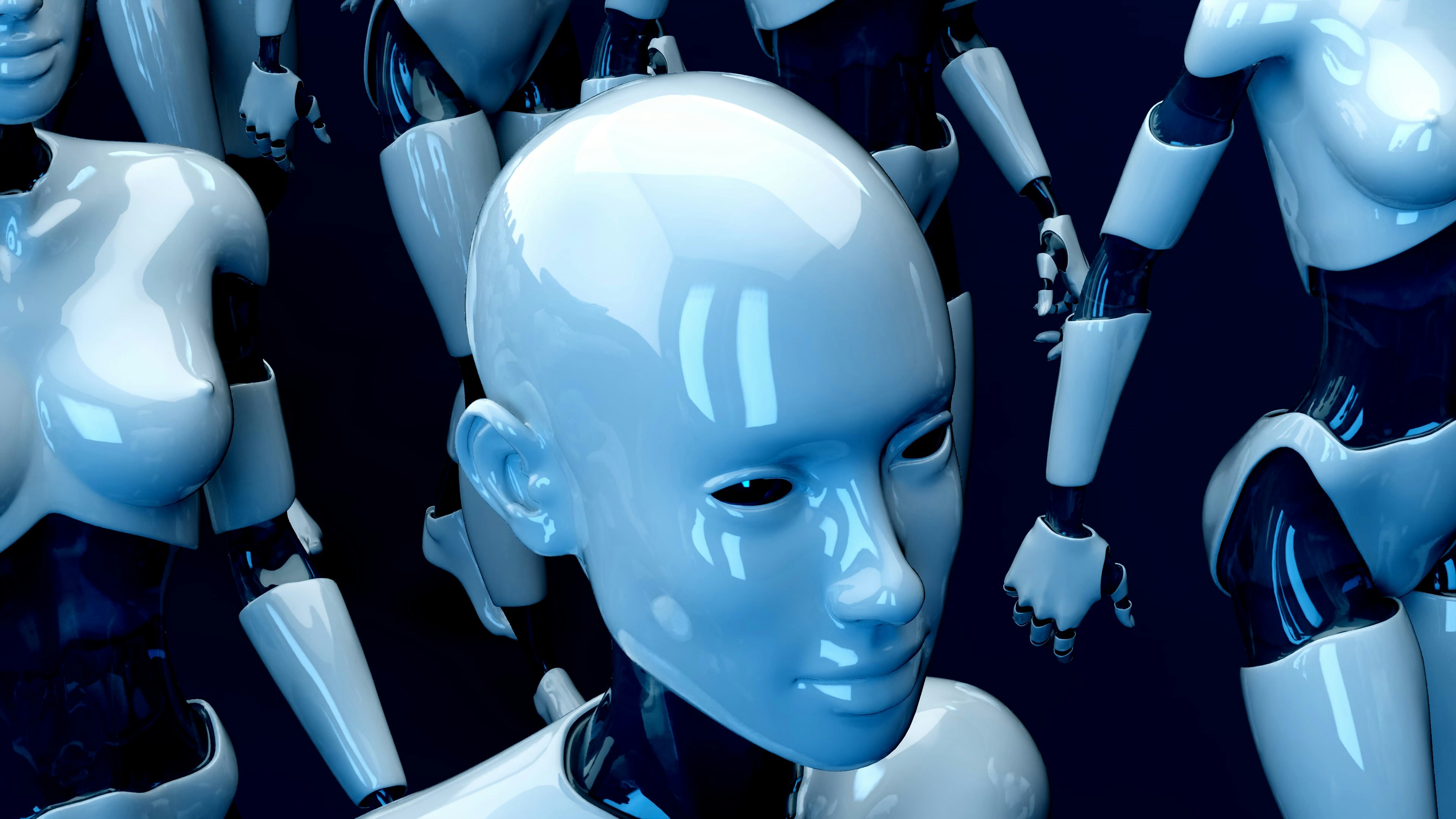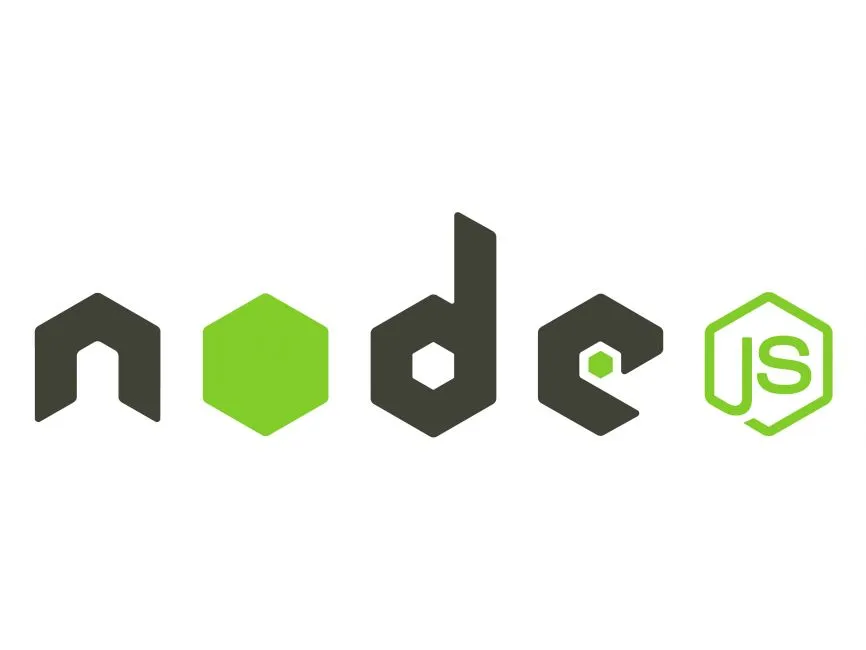The Unseen Drawbacks of AI Integration: A Deep Dive
Rohit Raut
16, April 2024

Artificial Intelligence (AI) has revolutionized the landscape of various industries, providing efficiency, automation, and data-driven insights. However, it’s essential to recognize that every coin has two sides. This article aims to unveil and discuss the potential pitfalls of relying on AI technology in different fields, particularly in the IT sector.
Understanding the Boundaries of AI
AI technology can be broadly classified into two categories: narrow (weak) AI and general (strong) AI. Narrow AI is designed to execute specific tasks like facial recognition or playing chess. It’s often associated with terms like machine learning or automation. Conversely, general AI is equipped with a comprehensive knowledge base, similar to that of a human, but with faster and more accurate processing capabilities.
The majority of AI technology we engage with today falls into the narrow AI category. However, even this form of AI has its limitations and issues that may not be immediately obvious.
The Limitations and Potential Pitfalls of AI in the Workplace
Pitfall 1 : Lack of Human Insight and Intuition
One of the significant drawbacks of AI technology lies in its inability to replicate human insight and intuition, especially in customer service roles. For instance, chatbots can handle repetitive queries but often struggle with complex issues or new problems. In fields that involve language nuances, emotional intelligence, or complex products, human intervention is still crucial.
Pitfall 2: Absence of Creativity and Innovation
AI technology may excel in performing repetitive tasks efficiently but lacks the ability to mimic human creativity and innovation. Relying solely on AI for innovative and creative tasks could potentially stifle the potential for groundbreaking ideas that could propel a company forward.
Pitfall 3: Time and Cost of Implementation
The complexity of integrating AI technologies into a workplace requires a significant investment in technology, training, and ongoing maintenance. The upfront preparation and maintenance for AI implementation could lead to disruptions in workflow, causing frustration among employees.
Pitfall 4: Privacy and Security Concerns
As AI systems rely on vast amounts of data, ensuring the privacy and security of this information is paramount. The increased dependency on data in the workplace escalates the risk associated with data security.
Customer Service and AI: A Challenging Combination
AI, particularly chatbots, have been praised for their potential profitability, especially for businesses managing a large customer service staff. However, customers often get frustrated when they believe a chatbot is a human. Moreover, a negative experience with a chatbot can dissuade customers from using it again, leading to decreased customer satisfaction.
Potential Challenges with AI in Content Creation
AI tools have been widely used for content creation, assisting in tasks like generating blog posts or crafting social media updates. However, there are potential pitfalls when relying too heavily on AI-generated content:
-
Lack of Authenticity: AI-generated content may lack the human touch, making it appear robotic or generic.
-
Limited Originality and Creativity: AI models learn from existing data, which may lead to replication of previously created content.
-
Potential for Errors and Bias: If the data used to train AI models is biased or erroneous, the content produced may also be inaccurate or biased.
-
Misaligned Tone and Context: AI may struggle to grasp subtleties, humor, and context, leading to content that is out of sync with the intended tone.
-
Limited Emotional Connection: AI may fall short in creating emotional connections with the audience or understanding their needs.
The Role of AI in News Creation
AI tools can help create news content more efficiently and on a larger scale. However, there are potential risks and challenges, including:
-
Accuracy and Bias: AI models can perpetuate or exacerbate biases present in the data they are trained on, leading to biased or inaccurate news reporting.
-
Lack of Context: AI may struggle to provide context, leading to news stories that lack nuance or fail to capture the full context of a complex issue.
-
Loss of Human Element: Journalism often requires empathy, ethics, and human judgment, which AI lacks. The absence of human editorial oversight can result in inappropriate content.
Balancing AI and Human Intelligence
In conclusion, while AI offers numerous advantages, its potential pitfalls must be recognized. By blending the strengths of AI with human intelligence and creativity, organizations can unlock the full potential of both, leading to a more innovative, empathetic, and successful workplace. However, it is crucial to ensure transparency, ethical guidelines, and human oversight when using AI, maintaining the quality, credibility, and integrity of the work.


